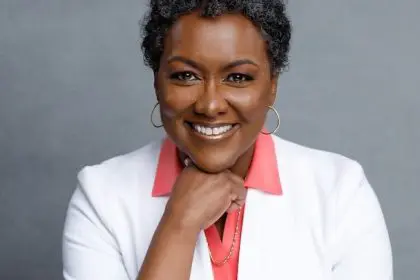
Dr. Richard Benson is the director of the Office of Global Health and Health Disparities at the National Institute of Neurological Disorders and Stroke, part of the U.S. National Institutes of Health. He is a leader in the fields of vascular neurology and health disparities research. His areas of research interest and expertise include health disparities and health equity research, and minority, community, and global health.
Dr. Benson breaks down one of his current focuses, Black men and the risk of stroke. There are so many factors that can cause but also prevent stroke and they are listed in this article.
What should we know about stroke?
Stroke is currently the fifth most common cause of death in the United States. It’s the No. 1 cause of disability among adults. It disproportionately affects people of color. According to one study, the Northern Manhattan Stroke Study, which was funded by the NIH, and I had the pleasure of working on that study when I was in New York at Columbia, they found that stroke is two times more common in Blacks compared to Whites, and is 1.5 times more common in Hispanics compared to Whites. And so, there’s a clear disparity with stroke. One of the major modifiable risk factors for stroke is uncontrolled hypertension. African Americans have the highest rate of uncontrolled hypertension in this country. Among all Americans with uncontrolled hypertension, African American men are the highest with uncontrolled hypertension.
Why don’t some Black men know that they have uncontrolled hypertension?
When we think of medical care for Black men and Blacks in general, certain populations don’t get quality health care all the time. The Institute of Medicine report showed that some of the disparities in health care are related to how people are treated in the system. Historically, there have been challenges that people have had with dealing with doctors and research. I think all of that together, in addition to lack of what we call the social determinants of health, such as lack of health insurance, lack of quality, education, transportation, and all those factors put people at risk.
So, certain groups have so many competing needs like putting food on the table, getting to work to pay your light bill or your gas, all of those things take priority over your health. There are a lot of people who just don’t see health as a priority, they don’t go to the doctor, they may go to the doctor and be prescribed medication, but aren’t able to pay for it.
What is the target age group of Black men who are most affected?
It is 28 to 45, that sort of pre-mid age group. If your blood pressure is uncontrolled, you’re at high risk later in life. If you do everything you can right in that mid age category, then you can pretty much sort of coast through the rest of your life maintaining those healthy habits that you’ve developed. So, between the ages of 28 to 45, if you exercise at least 30 minutes a day, three times a week, get five to seven servings of fruits and vegetables a day, don’t smoke, don’t drink excessively, check your blood pressure, and know the numbers. The normal blood pressure is less than 120 over 80.














